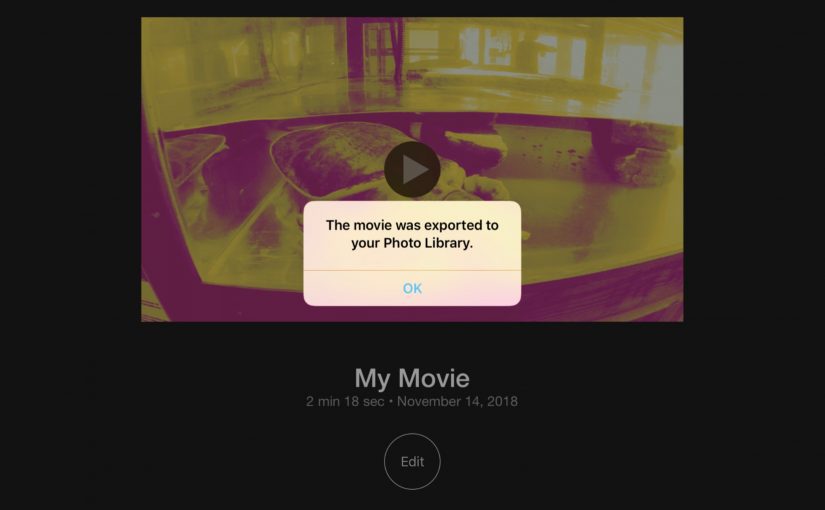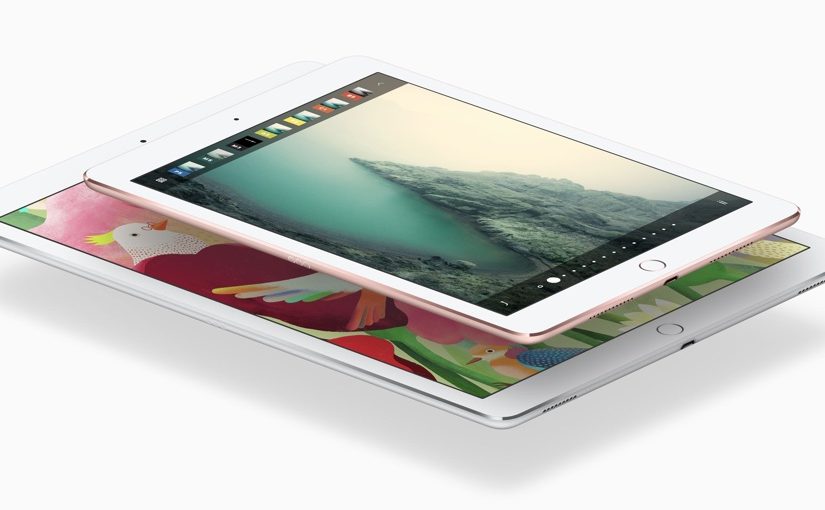If you saw any of the coverage of the 2018 iPad Pro launch, you couldn’t escape the way Apple talked up the performance of the 7nm A12X Bionic chip at the heart of their product. ArsTechnica has a great write up about the chip and what it’s capable of, the most interesting of which is that this is the first product Apple has ever released with their own chip that ran utilize all cores simultaneously. Naturally, after seeing the benchmarks where it had incredible performance numbers, I wanted to understand what the real-world results would be doing the most intensive thing I can do with my iPad: exporting 4K video. I was also involved in a conversation where another person claimed there was no speed difference in iMovie exports on the new iPad vs. the previous model.
That didn’t make much sense to me, so here’s what I did: I took four 4K GoPro clips, 2 minutes 18 seconds in total, and put them into iMovie on my old iPad and my new iPad (I don’t have a 10.5″ iPad Pro to test with). A filter was applied to each of the clips, and I added some simple text titles. I did exactly the same steps on both iPads in iMovie. I did four runs of the test, each time adding a single text element, doing the export, then removing it and doing the export again. Why? Even if you delete the exported video file, and purge deleted items from Photos, iMovie keeps an internal copy somewhere and immediately “finishes” the render when you start the export again. I had to alter the project to get a true re-render. The iPads were both running on battery power, and each was at about 80% battery level. Neither had any background tasks running purposefully, but I didn’t factory reset my 2016 iPad Pro to create a truly level playing field – so keep that in mind.
The results were interesting in three ways:
- The 2016 iPad Pro was
23%19% slower at exporting the 4K video compared to the 2018 iPad - The 2018 iPad Pro was extremely consistent, turning in the same time (2 minutes 24 seconds) on all four tests. No variation at all.
- The 2016 iPad Pro was wildly inconsistent, doing it was quickly as 2 minutes 48 seconds, as long as 3 minutes 12 seconds, and once iMovie crashed.
A difference of 23% 19% adds up if you’re doing longer video projects; the A12X Bionic is a beast of a processor. However, 19% isn’t exactly a massive leap over two chip generations, so the real performance gains might appear elsewhere (as seen in Geekbench numbers).
I also bought LumaFusion for my iPad and did a simple 1080p edit – it worked wonderfully and the output was extremely quick. I can see why people like Jonathan Morrison are extremely excited about the iPad as a video editing tool – it really does open up a wealth of possibilities! Now if only Apple would give us access the iOS file system and let us use external storage devices…

